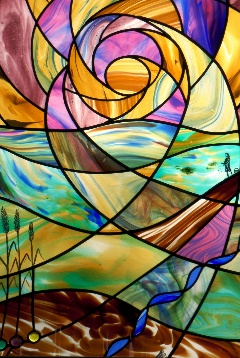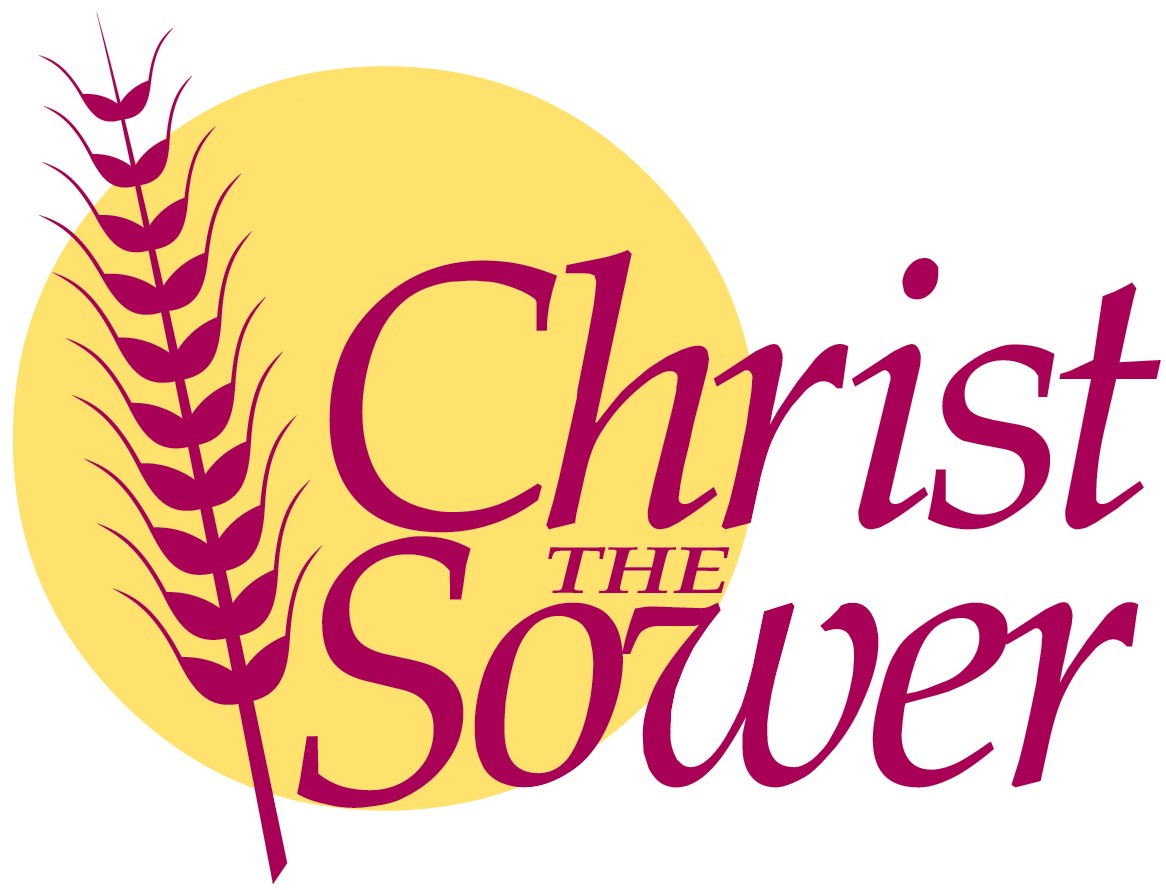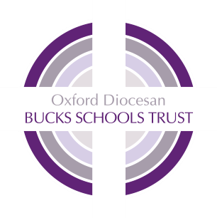Our Governors in Action
What is the role of the Local Governing Body?
Christ the Sower is an academy in a multi-academy trust (MAT). Our MAT (The Oxford Diocesan Bucks Schools Trust) – ODBST) is organised so that schools can work together and are run under the direction of a Board of Trustees with a common aim.
The Trustees in ODBST choose to pass on some of their governance functions to our local governing body (LGB). This is because it would be difficult for the Board of Trustees to monitor teaching and learning, the personal development of pupils, the way the school ensures pupils behave well and leadership and management for every school in the MAT. Having an LGB helps to make sure that someone is keeping an eye on these items and is able to give a school-level perspective of what is going on. These responsibilities are set out in a scheme of delegation so everyone knows who is responsible for what.
The LGB works to secure school improvement through challenging and supporting our headteacher and senior leadership team. We monitor our key performance indicators and act as a critical friend, providing scrutiny and support where appropriate. We do not become involved in day-to-day management issues – that is the role of the Head Teacher - but have a strategic role in the development of the school.
The role of a governor is varied and involves a wide range of tasks and decisions such as recruitment of staff, meeting external stakeholders, working with other schools, setting the budget and ultimately ensuring children in our school are given the teaching they need to achieve their full potential.
The local Governors at Christ the Sower are a strong team, united in their commitment to making our school the very best it can be and providing the best education your child deserves.
********************************************************************************
Governor Monitoring Visits
WHAT IS MONITORING?
Monitoring involves governors spending time in school, talking to leaders, visiting classrooms and talking to pupils and teacher to find out how we are teaching the subjects of the national curriculum, check that the content that curriculum leaders’ plan is carefully done so that the knowledge in each subject builds as pupils progress through the school. We also visit and check on the provision for pupils who need extra help, how we help pupils develop into responsible, respectful and active citizens, how well the school teaches pupils about good behaviour and how we keep our pupils safe.
Every governor looks after a subject or an aspect, and we visit and report back to the LGB on our visits.
**********************************************************************************
Art Monitoring
 ART - Earlier this term, I spent time in school to look at how we were teaching Art across the school. I looked at the way teachers develop the skills and knowledge of art within the subject. During my monitoring time, I had a discussion with Ms Nugent, who leads Art, about the changes and improvements being made.
ART - Earlier this term, I spent time in school to look at how we were teaching Art across the school. I looked at the way teachers develop the skills and knowledge of art within the subject. During my monitoring time, I had a discussion with Ms Nugent, who leads Art, about the changes and improvements being made.
The school has an extensive and well thought through set of plans which are available for parents and visitors, on the school’s website. These show the skills and the knowledge pupils need to learn and the topics and information about art history and art theory which teachers need to know. The work which Ms Nugent has planned are very well thought through and provide staff with clear plans to work from. This supports teachers’ subject knowledge effectively.
I talked to teachers who were all enthusiastic about the way the school had developed the Art curriculum. They noted it was ambitious in the way it encouraged all pupils to work like artists and in developing their knowledge and skills using sketch books. Teachers also talked about the quality of support and training from Ms Nugent and the resources available which are helping them to teach the subject well.
During a learning walk visiting classrooms, we saw pupils being encouraged to develop their ideas in their sketch books and explore different media and techniques. They were starting to work in the styles of artists such as Van Gough and in their use of watercolours. In a Year 1 sketch book I saw rapid progress in the control of line in pencil drawings where pupils produced a series of sketches of feathers showing knowledge of pencil types to capture the softness of the down and movement in the shading and blending of lines. All classrooms and around the school are bright and relevant displays showing examples of current work. Some displays, not only celebrate the end result for pieces of work but show the process by which the work was created.
The pupils I talked to say they like to learn in art lessons,. They say there is plenty of equipment available so they do not have to wait to find the tools they need. They also say they like to learn new words to describe the styles and techniques of artists and they apply these to their replies when talking about their sketch book studies.
Ms Nugent and I looked at the next steps in the development of Art and agreed these involved continuing to help teachers plan effective learning and helping pupils to describe and discuss how they made their work. We agreed it would be good if the school could plan for the experience of art in public spaces such as galleries to add to pupils’ understanding and appreciation of art.
David Cousins – Art Governor

